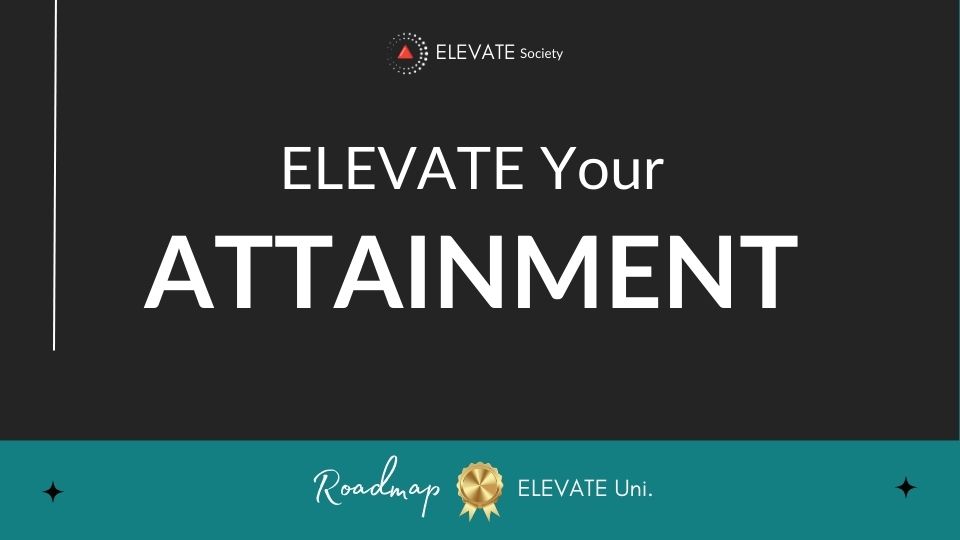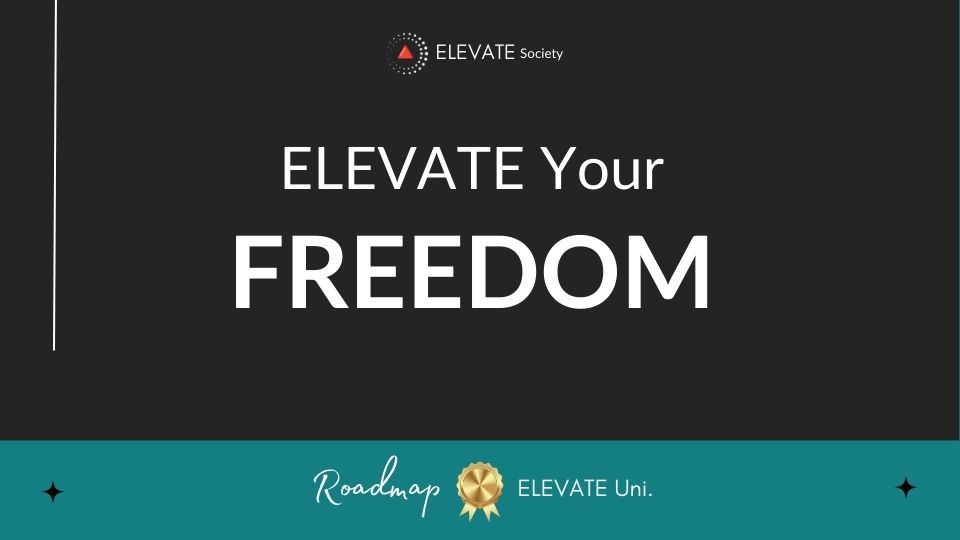To Sell is Human: Summary Review, Lessons & Takeaways
This is a summary review of To Sell is Human containing key details about the book.
What is To Sell is Human About?
To Sell is Human offers a fresh look at the art and science of selling. The author draws on a rich trove of social science for his counterintuitive insights. He reveals the new ABCs of moving others, explains why extraverts don't make the best salespeople, and shows how giving people an "off-ramp" for their actions can matter more than actually changing their minds.
Who is the Author of To Sell is Human?
Daniel H. Pink is the New York Times bestselling author of seven books -- including his latest, THE POWER OF REGRET: How Looking Backward Moves Us Forward. His books have sold millions of copies around the world, been translated into forty-two languages, and have won multiple awards.
What are key takeaways from To Sell Is Human?
Takeaway #1: The art of selling is becoming an ever-increasing part of life whether selling services and products, negotiating with people, or pitching ideas. To sell well is to convince someone else to part with resources—not to deprive that person, but to leave him better off in the end."
Takeaway #2: Nowadays, both sales and non-sales people must provide value by curating and explaining information. The famous ABC of selling which always used to be “Always Be Closing” is now terribly outdated and must be replaced with the new saying “Attunement, Buoyancy, Clarity.”
- Attunement - Seeing things from other people’s perspective and being able to act accordingly.
- Buoyancy - Overcoming rejection and remaining positive.
- Clarity - Helping people to see things in a new light, in order to move them and provide clarity.
Takeaway #3: When you sell, think of your own motivation - do I just want to make the sale or commission or do I also want to make someone’s life better at the same time as bettering my own? If the person I'm selling to agrees to buy, will his or her life improve? When my interaction is over, will the world be a better place than when I began?
Takeaway #4: The old art of selling through pitching still applies today but must be combined with the new tenet of sales; honesty. The purpose of a pitch isn’t necessarily to move others immediately to adopt your idea. The purpose is to offer something so compelling that it begins a conversation, brings the other person in as a participant, and eventually arrives at an outcome that appeals to both of you.
Takeaway #5: To move people you must be personal and purposeful and your pitch short and engaging. The most successful pitches encourage others to contribute their own ideas, the same idea works in sales pitches - have your customer share their ideas by formulating your pitch as a question. Asking a question forces someone to come up with their own reason for agreeing with you making it easier for you to move them. In the new world of sales, being able to ask the right questions is more valuable than producing the right answers. (Our schools, however, usually have the opposite emphasis. They teach us how to answer, but not how to ask...)
Takeaway #6: Channel your inner actor. Why? Because sales and theater have much in common. Both take guts. Salespeople pick up the phone and call strangers; actors walk onto the stage in front of them. Both invite rejection—for salespeople, slammed doors, ignored calls, and a pile of nos; for actors, a failed audition, an unresponsive audience, a scathing review. And both have evolved along comparable trajectories.
Takeaway #7: To be purposeful, you must find the higher purpose in what you’re doing and convey it. Sales is about much more than just the exchange of resources. Ultimately, you're here to elevate humanity and the world.
What are some in-depth lessons from To Sell Is Human?
Lesson #1. The New Tenets of Sales are Honesty and Service
When people think of sales, they’re likely to think of a slick talking yet pushy used-car salesman. This negative image is down to many salespeople of the past getting away with almost anything because of caveat emptor which means “buyer beware” i.e. it was down to the buyer not to make a bad purchase decision. In the used car market, the buyer could make a mistake, paying too much for a poor car, because of an information asymmetry, the salesman knowing more about the product than the buyer.
Thankfully, the internet has changed this dynamic, consumers now able to do their due diligence before making a purchase as well as being able to expose dishonest salespeople. Rather than caveat emptor, we now have caveat venditor meaning seller beware! Due to this, sellers have had to become more honest and transparent in order to stay in business as well as more service-oriented.
Just like used-car buyers can now research the value of used cars and the dealerships they can purchase from quickly and easily from their smartphones, students and patients can also research the information they’re being given by non-sales selling teachers and doctors. This means that nowadays, both sales and non-sales people must provide value by curating and explaining information. The famous ABC of selling which always used to be “Always Be Closing” is now terribly outdated and must be replaced with the new saying “Attunement, Buoyancy, Clarity.”
Lesson #2. The A of the New ABC; Attunement
Being attuned means seeing things from other people’s perspective and being able to act accordingly, this ability is vital if you’re to move others.
People think that a successful salesperson is an extrovert, able to use their talent with words to sell ice to Eskimo’s but in fact, research shows that being too extroverted can hurt sales since extroverted salespeople are usually unable to hear what their customers tell them, never mind understand things from their point of view. Therefore, the most successful salespeople are actually ambiverts meaning they’re right in the middle of extrovertism and introvertism. These people make the sale because they have an ability to listen to their customers and can acclimatize themselves to their customers’ perspectives. They’re able to get into the customer’s mindset and can understand what they are thinking but they don’t understand what they are feeling as, although empathy is valuable, it is not as important as cognitive perspective-taking.
You can become more attuned by adopting a low power position and closing the deal through the use of mimicry. Assuming that you have a position of power means you’re more likely to rigidly stick to your own views which lowers attunement whilst subtle mimicry such as repeating back word-for-word some points the person you’re speaking to has made, and slightly changing your way of speech to match theirs i.e friendly, bantering, formal, or if you’re face to face with the person, changing your posture to match theirs, can work wonders so long as you don’t over do it!
Lesson #3. The B of the New ABC; Buoyancy
Every salesperson has to face rejection whether with a firm but polite “no” or a slammed door or phone. To stay afloat and keep selling in the face of rejection, the salesperson requires buoyancy before, during, and after the sales call. Rather than salespeople giving themselves motivational talks saying “I am the greatest” or “I smash sales goals”, it’s better for them to turn to interrogative self-talk asking themselves “can I sell this product to this person?” and “what can I fix?” This helps the seller prepare for and deal with problems - by forcing them to think about the answer they can uncover potential sales strategies as well as their own motivation - do they just want to make the commission or do they also want to make someone’s life better at the same time as bettering their own?
Even when it seems like you won’t make the sale you need to remain positive because research shows that positivity widens your perspective allowing you to see the customer’s point of view and therefore able to better serve them by offering alternative solutions if the initial proposal is not accepted.
In the face of rejection, the salesperson who sees one bad day as temporary, external, and specific e.g I didn’t sell anything today because it’s the end of the month and no one has been paid yet will fare better than the salesperson who takes things personally and sees them as permanent and pervasive e.g. I’ve lost my touch, no one will buy anything from me ever again. If you catch yourself making negative speeches to yourself that are similar to the latter, try to poke holes in your explanations - have you really lost your touch or was the customer simply dealing with their own problem when you spoke to them?
Lesson #4. The C of the New ABC; Clarity
Since many salespeople and non-sales persuaders have lost their value as providers of information due to the internet, they must now provide clarity, helping people to see things in a new light, in order to move them.

Rather than helping to solve problems as they once would, salespeople now have to help people find problems. You see, just because people have answers at their fingertips, it doesn’t mean they’ve identified the correct problem meaning they could be asking the wrong question in the first place.
Salespeople must know which questions to ask the customer to help them identify the true problem. This way they can help customers sort out the minefield of, often conflicting, information they’ve uncovered to select the correct answer for their situation.
Salespeople must be careful how they frame the solution so that it is perceived the way they want. Research has shown that it’s best to show a comparison as people understand things better when they are presented with contrasting information rather than isolated information. Saying that, you don’t want to overwhelm them with comparisons and choices, research showing that limiting customer’s options actually leads to increased sales. You can also frame purchases as buying an experience rather than material possessions as people get greater pleasure from buying an experience. Whichever way you present your sale, be sure to keep it clear with detailed instructions on how you’ll solve this person’s problem.
Lesson #5. Pitches Need To Be Short & Engaging
In today’s fast paced world customers are bombarded with information and distractions, their attention spans so short that pitches must be short and snappy, sometimes limited to just 280 characters if wanting to catch their attention on Twitter. Barrack Obama knew the importance of short but engaging pitches which is why his 2012 campaign slogan was just 1 word.
The most successful pitches encourage target customers to contribute their own ideas, the same idea works in sales pitches - have your customer share their ideas by formulating your pitch as a question. Asking a question forces someone to come up with their own reason for agreeing with you making it easier for you to move them.
If you can make your pitch rhyme as well you’re onto a winner as research shows the people subconsciously think rhyming statements are more accurate than those that don’t rhyme!
Lesson #6. Channel Your Inner Actor
If you have experience in improvisational theater you’re most likely a top salesperson as you’re able to ad-lib your way through a sales call. In the past, salespeople relied on prepared scripts for each and every sales call, so much so that when in a face-to-face meeting, even their body language was scripted but today’s customer is far too savvy to fall for a robotic sales pitch that’s repeated over and over again.
Today’s salesperson must be able to hear and understand what the customer is saying, letting them speak uninterruptedly rather than, as is common of doctors, summing up the ailment in the first 18 seconds and therefore interrupting the patient mid-speech. In improv theater this is known as ‘listening for offers’ and essentially means working with the information that the customer offers. You should also train yourself to use the phrase “yes, and…” rather than “yes, but…” or a straight “no” as you want to create an optimistic vibe and be able to move the conversation forward constructively rather than stop it dead in its tracks.
Another thing that actors do is make their colleagues look good - They don’t concentrate on making themselves look good alone as they know it’s in the interest of the audience to see the whole cast looking their best. In the sales world this is known as the win-win, don’t just push your own agenda, find solutions that suit both salesperson and customer.
Lesson #7. Be Personal and Purposeful
Sales and non-sales is about much more than just the exchange of resources. In order to successfully move people you need to be able to see the customer as a real person with feelings, thoughts, and needs rather than an abstract number such as patient 06352. This is so true that research has shown that if a radiologist sees a photo of the person whose x-ray they’re looking at, they’re able to read it better. Likewise, if a restaurant owner puts a photo of himself up on the wall along with his cellphone number with a message asking customers to call him if they have any complaints, they’re more likely to return safe in the knowledge that if they have any problems, they will be heard and taken seriously.
To be purposeful too, the salesperson must find the higher purpose in what they’re doing and convey it to their customers. Whether the doctor remembers that he’s ultimately there to save lives or the telephone sales operator remembers they’re at work to help make people's lives easier, they should remember that to sell is human.
Book details
- Print length: 272 Pages
- Audiobook: 6 hrs and 6 mins
- Genre: Business, Nonfiction, Psychology
What are the chapters in To Sell is Human?
1. We're All in Sales Now
2. Entrepreneurship, Elasticity, and Ed-Med
3. From Caveat Emptor to Caveat Venditor
4. Attunement
7. Pitch
9. Serve
5. Buoyancy
6. Clarity
8. Improvise
What are some of the main summary points from the book?
Here are some key summary points from the book:
- Everyone is in sales: The author argues that regardless of our job titles or roles, we all engage in some form of selling in our daily lives. Whether it's persuading others, influencing decisions, or convincing someone to take action, selling is an inherent part of human interaction.
- The ABCs of selling have changed: The traditional "Always Be Closing" mindset is no longer effective in today's world. Instead, the author suggests a new set of ABCs: Attunement, Buoyancy, and Clarity. Attunement is the ability to understand and empathize with others, buoyancy is the resilience to stay afloat amidst rejection, and clarity involves creating a clear and compelling message.
- The importance of servant selling: Successful selling in the modern era is rooted in a mindset of service and helping others. Instead of trying to push products or services onto customers, the focus should be on understanding their needs and providing solutions that genuinely benefit them.
- The power of introverted selling: Contrary to popular belief, introverts can excel in sales. The book emphasizes that introverts possess unique strengths, such as active listening, thoughtful questioning, and the ability to establish deep connections with customers, which can make them highly effective salespeople.
- The role of education and information: In today's information-rich environment, customers are often well-informed before engaging with salespeople. Therefore, successful selling involves becoming a curator and provider of valuable information and insights, helping customers make sense of the overwhelming choices available to them.
- Pitching with questions, not statements: Instead of bombarding customers with a one-sided sales pitch, effective sellers engage in dialogue by asking insightful questions. This approach helps uncover the customer's needs, challenges, and desires, allowing for a more personalized and persuasive sales conversation.
- Honesty and transparency build trust: Building trust is essential in sales. Being honest and transparent about the limitations or downsides of a product or service can actually enhance credibility and trustworthiness. Customers appreciate sellers who are authentic and forthcoming.
- The importance of improvisation: Sales situations are often unpredictable, and successful sellers are skilled at adapting and improvising on the spot. Improvisation involves being flexible, creative, and quick on your feet to respond to customer needs and objections.
- The significance of attunement: Attunement, or the ability to understand and empathize with others, is a critical skill in selling. Developing the capacity to see things from the customer's perspective and tailor your approach accordingly enhances the likelihood of success.
- Selling is about creating meaningful relationships: Ultimately, selling is about establishing and nurturing relationships with customers. Building rapport, understanding their needs, and providing ongoing support and value are key to long-term success.
What are good quotes from To Sell Is Human?
"Anytime you're tempted to upsell someone else, stop what you're doing and upserve instead."
"This is what it means to serve: improving another’s life and, in turn, improving the world."
"A few of us are extraverts. A few of us are introverts. But most of us are ambiverts, sitting near the middle, not the edges, happily attuned to those around us. In some sense, we are born to sell."
"Extraverts, in other words, often stumble over themselves. They can talk too much and listen too little, which dulls their understanding of others’ perspectives. They can fail to strike the proper balance between asserting and holding back, which can be read as pushy and drive people away."
"What an individual does day to day on the job now must stretch across functional boundaries. Designers analyze. Analysts design. Marketers create. Creators market."
"We often understand something better when we see it in comparison with something else than when we see it in isolation."
"Bezos includes one more chair that remains empty. It’s there to remind those assembled who’s really the most important person in the room: the customer."
“To sell well is to convince someone else to part with resources—not to deprive that person, but to leave him better off in the end.” (Meaning)
― Daniel H. Pink, To Sell Is Human: The Surprising Truth About Moving Others
What do critics say?
Here's what one of the prominent reviewers had to say about the book: "Artfully blend(s) anecdotes, insights, and studies from the social sciences into a frothy blend of utility and entertainment." — Bloomberg
* The summary points above have been concluded from the book and other public sources. The editor of this summary review made every effort to maintain information accuracy, including any published quotes, chapters, or takeaways
Chief Editor
 Tal Gur is an author, founder, and impact-driven entrepreneur at heart. After trading his daily grind for a life of his own daring design, he spent a decade pursuing 100 major life goals around the globe. His journey and most recent book, The Art of Fully Living, has led him to found Elevate Society.
Tal Gur is an author, founder, and impact-driven entrepreneur at heart. After trading his daily grind for a life of his own daring design, he spent a decade pursuing 100 major life goals around the globe. His journey and most recent book, The Art of Fully Living, has led him to found Elevate Society.


























